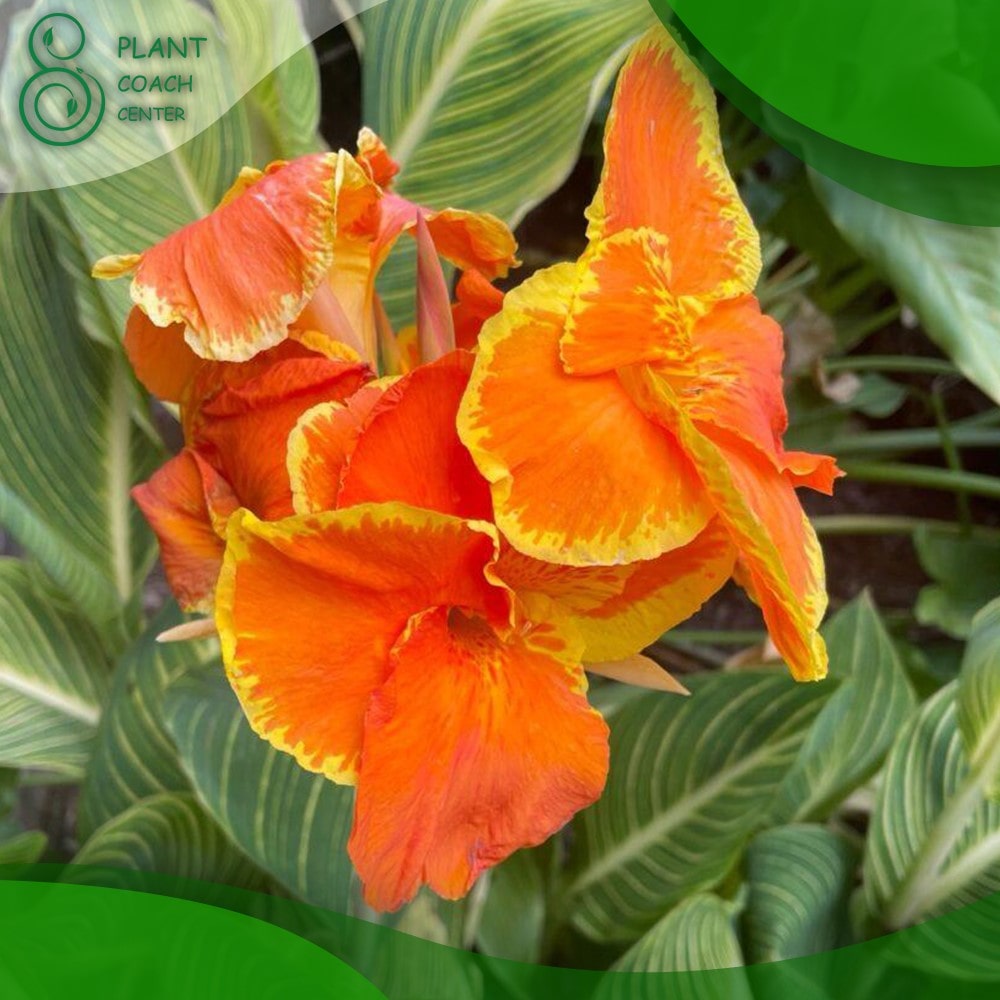Cannas, also known as Canna Lilies, are a spectacular addition to any garden or landscape with their vibrant blooms and lush foliage. To ensure these tropical beauties thrive and continue to grace our outdoor spaces, understanding proper pruning techniques and recognizing common plant problems is essential.
In this comprehensive guide, we will delve into the art and science of Canna pruning, explore the best practices for promoting healthy growth, troubleshoot common issues, and discover the valuable insights from experienced plant coaches.
Introduction to Cannas and Their Importance in Landscaping
What are Cannas (Canna Lilies)? Cannas (Canna spp.) are herbaceous perennials originating from tropical and subtropical regions. Their large, bold leaves and striking flower spikes make them a popular choice for gardeners seeking eye-catching elements in their landscape designs. Cannas come in various colors, including red, orange, yellow, pink, and even bi-color varieties.
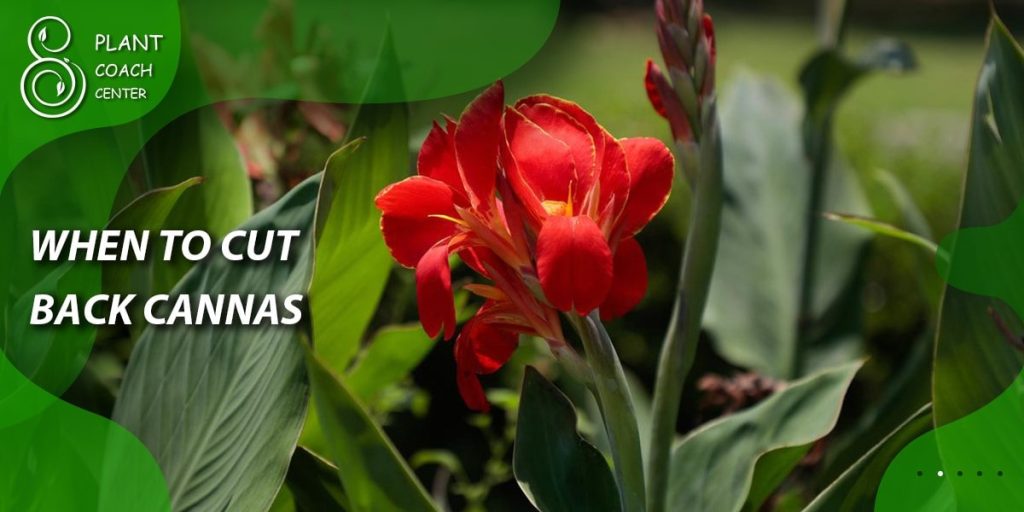
The Beauty and Versatility of Cannas in Gardens Cannas are prized not only for their attractive appearance but also for their versatility. They can thrive in a range of growing conditions, from sunny borders to pond edges, and their height and impressive blooms make them excellent focal points or backdrop plantings in landscape designs.
Significance of Proper Pruning and Care for Healthy Growth Proper pruning plays a pivotal role in maintaining the health and vigor of Cannas. By understanding the plant’s growth cycle and employing the right techniques, gardeners can encourage strong growth, prevent disease, and ensure abundant flowering.
Understanding Cannas’ Growth Cycle and Dormancy
Overview of Cannas’ Growth Phases Cannas go through distinct growth phases throughout the year. Understanding these phases is crucial for determining the appropriate timing for pruning. The key stages include:
- Growth Phase: Spring to Summer – Rapid growth and flower production.
- Dormancy Phase: Late Fall to Early Spring – Cannas enter a period of dormancy, with foliage dying back.
Identifying Signs of Dormancy in Cannas Recognizing when Cannas enter dormancy is essential for determining the right time to cut them back. Signs of dormancy include:
- Yellowing Leaves: As the plant prepares for dormancy, leaves may turn yellow and show signs of decline.
- Fading Blooms: Flower spikes will naturally fade and produce seed pods during this phase.
- Foliage Browning: The lush green foliage starts browning and losing its vigor.
Importance of Recognizing Growth Cycles for Pruning Decisions Understanding Cannas’ growth cycles allows gardeners to time their pruning accurately. Pruning during the dormancy phase helps prevent unnecessary stress and potential damage to the plant, ensuring healthier and more vigorous growth in the following seasons.
Optimal Timing for Cutting Back Cannas
Seasonal Pruning: Spring vs. Fall Pruning Cannas in the correct season is critical for their overall well-being. While spring pruning allows for the removal of dead or damaged growth and encourages new shoots, fall pruning focuses on preparing the plant for dormancy.
Assessing Environmental Factors before Pruning Environmental factors, such as climate, temperature, and rainfall patterns, play a significant role in the timing of pruning. Gardeners in different regions need to adjust their pruning schedules based on local weather conditions.
Effects of Climate on Pruning Decisions In colder climates, where frost is common, it is vital to cut back Cannas before the first frost to protect the rhizomes from potential damage. In warmer climates, Cannas may not enter a true dormancy phase, requiring a different approach to pruning.
Tools and Techniques for Pruning Cannas
Essential Pruning Tools for Cannas Having the right tools ensures clean and effective pruning. Here are some essential tools for pruning Cannas:
- Sharp Pruning Shears: Used for precise cuts, especially when removing individual flower stems or damaged foliage.
- Hand Pruners: Ideal for cutting back smaller stems and leaves.
- Pruning Saw: Helpful for larger and thicker stems that require more substantial cuts.
- Gloves: Protect your hands from potential scratches and irritants while handling the plants.
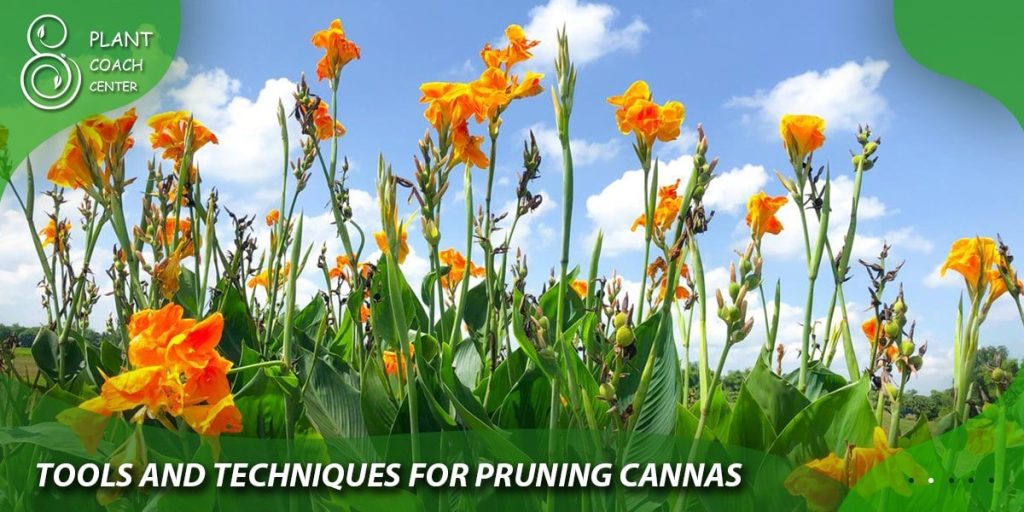
Step-by-Step Guide to Proper Pruning
- Inspect the Plant: Observe the Canna plant for signs of dormancy and identify areas that need pruning.
- Remove Dead and Damaged Growth: Start by cutting back dead or damaged stems to the base, using sharp pruning shears or a pruning saw if necessary.
- Trim Foliage: Trim the remaining foliage to a few inches above the ground to tidy up the appearance and allow new growth to emerge easily.
- Remove Spent Blooms: Deadhead any spent flower spikes to encourage continuous blooming.
- Dispose of Pruned Material: Collect and dispose of the pruned material properly, away from the garden.
Techniques for Deadheading Cannas to Encourage Blooming Deadheading, the practice of removing faded or spent flowers, is essential for prolonging the blooming season of Cannas. To deadhead effectively:
- Inspect the Flower Spikes: Regularly check the plant for fading blooms that have lost their vibrancy.
- Prune Below the Bloom: Use pruning shears to cut the flower stem just above a healthy lateral bud or side shoot.
- Encourage New Growth: By removing spent flowers, the plant directs its energy toward producing new buds, resulting in more blooms.
Promoting Healthy Growth through Pruning
Encouraging Vigorous Growth with Correct Pruning Pruning plays a vital role in stimulating new growth in Cannas. By removing dead or damaged parts, the plant allocates resources to healthy areas, promoting robust foliage and blooms.
Mitigating Disease Risks through Pruning Practices Proper pruning aids in reducing the risk of disease in Cannas. Eliminating infected or weakened parts prevents the spread of pathogens and helps maintain overall plant health.
Maximizing Flower Production with Pruning Strategies Strategic pruning can lead to increased flower production in Cannas. By removing spent blooms and trimming back certain stems, the plant redirects its energy into producing more flowers.
Common Issues and Problems with Cannas
Identifying Pests and Diseases Affecting Cannas Cannas are susceptible to various pests, including aphids, slugs, and caterpillars. Additionally, diseases like canna rust and fungal infections can affect their health.
Nutrient Deficiencies and Their Impact on Canna Health Lack of essential nutrients, such as nitrogen, phosphorus, or potassium, can lead to poor growth and diminished flowering in Cannas.
Overcoming Environmental Challenges for Cannas Extreme weather conditions, waterlogging, or poor soil drainage can pose challenges to Cannas’ health and require specific strategies for mitigation.
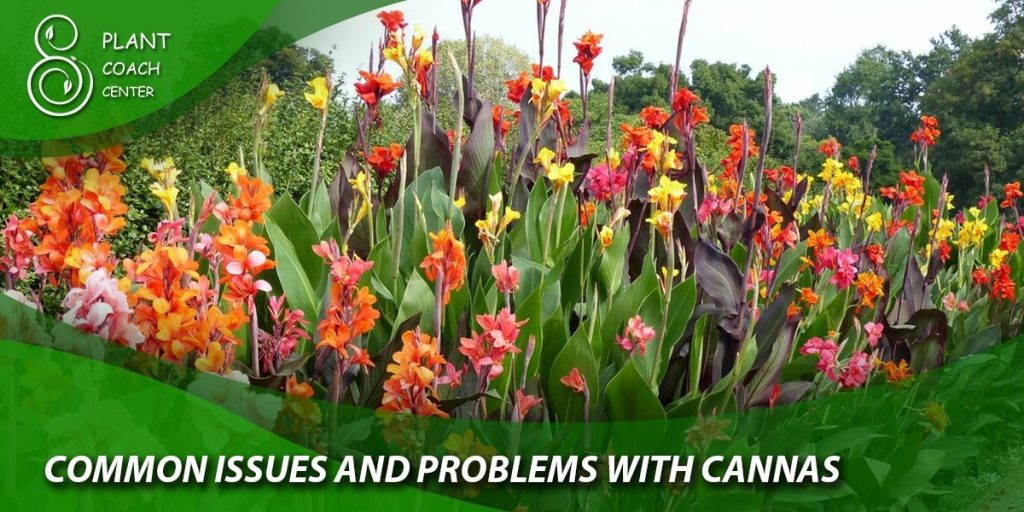
Troubleshooting Cannas: Pruning Solutions for Common Problems
Addressing Yellowing Leaves and Browning Tips
- Diagnosis: Yellowing leaves and browning tips can indicate several issues, such as overwatering, nutrient deficiencies, or pest infestations.
- Pruning Solution: Trim back affected leaves to promote new growth and ensure proper watering and nutrient management.
Dealing with Pests and Diseases through Pruning
- Diagnosis: Pest infestations and diseases can weaken Cannas and affect their overall health and appearance.
- Pruning Solution: Remove affected plant parts promptly to prevent the spread of pests and diseases. Consider using organic insecticides or fungicides if necessary.
Correcting Overcrowding and Poor Flowering
- Diagnosis: Overcrowded Cannas may result in poor airflow and competition for resources, leading to reduced flowering.
- Pruning Solution: Divide and replant crowded clumps during dormancy to improve airflow and encourage healthier growth and blooming.
Expert Tips from Plant Coaches on Canna Care and Pruning
Insights from Experienced Gardeners and Horticulturists
- Experienced gardeners and horticulturists offer valuable tips and tricks for successful Canna care and pruning based on years of hands-on experience.
Real-Life Case Studies of Successful Canna Pruning
- Explore real-life examples of gardeners successfully pruning Cannas and achieving exceptional results in terms of growth and blooming.
Strategies for Long-Term Canna Maintenance
- Discover long-term maintenance strategies, including fertilization schedules, watering techniques, and seasonal adjustments, shared by seasoned plant coaches.
Canna Varieties: Pruning Considerations for Different Types
Understanding Different Canna Cultivars
- Learn about the diversity of Canna cultivars available and their unique characteristics, including varying heights, bloom colors, and foliage patterns.
Tailoring Pruning Approaches for Various Canna Varieties
- Different Canna varieties may require specific pruning approaches based on their growth habits and blooming tendencies.
Accentuating Canna Collections through Pruning Techniques
- Explore how pruning can be used to create stunning displays of Cannas in gardens, emphasizing color coordination and complementary foliage.
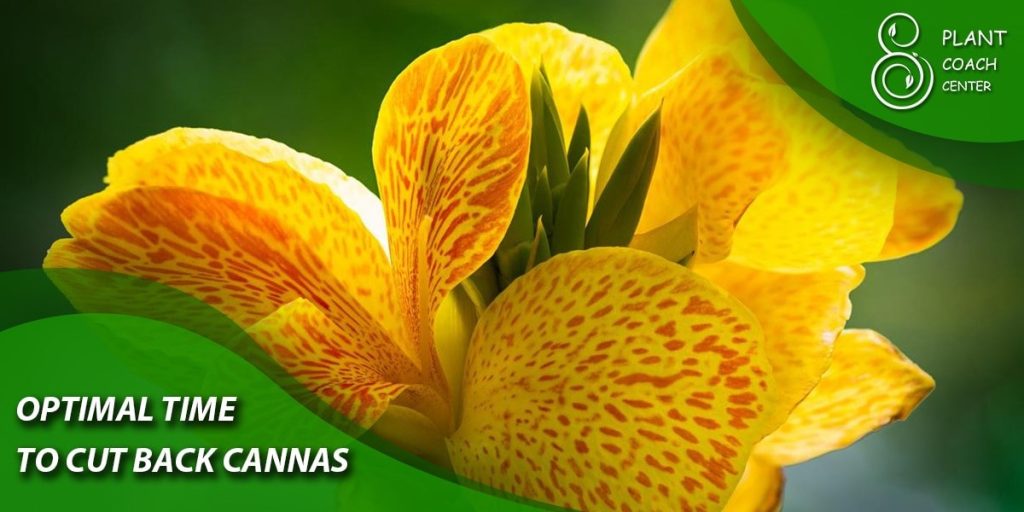
Avoiding Common Pruning Mistakes with Cannas
Misconceptions and Myths Surrounding Canna Pruning
- Debunk common myths about pruning Cannas and provide accurate information based on scientific research and horticultural expertise.
Preventing Over-Pruning and Its Consequences
- Discuss the potential risks of over-pruning Cannas and how to strike the right balance between promoting growth and maintaining plant health.
Learning from Pruning Errors to Enhance Future Practices
- Emphasize the value of learning from pruning mistakes and using them as opportunities for growth and improvement in gardening skills.
Beyond Pruning: Comprehensive Canna Care Guide
Soil Preparation and Fertilization for Healthy Cannas
- Discuss the importance of well-draining soil and proper soil preparation techniques to ensure optimal growth and nutrient uptake for Cannas. Provide guidelines for fertilization practices.
Watering Best Practices and Irrigation Tips
- Highlight the significance of consistent and appropriate watering for Cannas, including watering techniques, irrigation systems, and considerations for different climates and seasons.
Winterizing Cannas for Cold Climate Zones
- Guide gardeners in cold climate zones on how to prepare Cannas for winter, including protective measures, such as mulching and lifting rhizomes, to ensure their survival during the dormant period.
The Future of Plant Coaching and Cannas: Sustainable Practices
Emphasizing Eco-Friendly Plant Coaching Approaches
- Explore sustainable and eco-friendly practices in plant coaching, such as organic pest control, water conservation, and promoting biodiversity in garden designs.
Incorporating Cannas into Eco-Smart Landscaping
- Discuss the role of Cannas in eco-smart landscaping, including their potential for attracting pollinators, providing habitat, and contributing to sustainable garden ecosystems.
Promoting Biodiversity and Conservation with Cannas
- Highlight the importance of incorporating diverse plant species, including Cannas, to support biodiversity and conservation efforts, enhancing the overall resilience of ecosystems.
Conclusion: The Art and Science of Canna Pruning
Recapitulation of Essential Canna Pruning Insights
- Summarize the key points discussed throughout the article, emphasizing the significance of understanding Cannas’ growth cycle, proper pruning techniques, and troubleshooting common issues.
Emphasizing the Importance of Plant Coaching for Cannas
- Highlight the role of plant coaching in guiding gardeners to make informed decisions regarding Canna care, including pruning, disease management, and sustainable practices.
Inspiring Readers to Cultivate Beautiful and Healthy Cannas
- Conclude the article by inspiring readers to apply the knowledge gained to cultivate vibrant and thriving Cannas in their own gardens, fostering a deeper connection with nature and the joy of gardening.
When is the best time to prune Cannas?
Prune Cannas during their dormancy phase in late fall or early spring.
How can I promote more blooms in my Cannas?
Deadhead spent flowers regularly to encourage continuous blooming.
What tools do I need for pruning Cannas?
Essential tools include sharp pruning shears, hand pruners, a pruning saw, and gloves.


